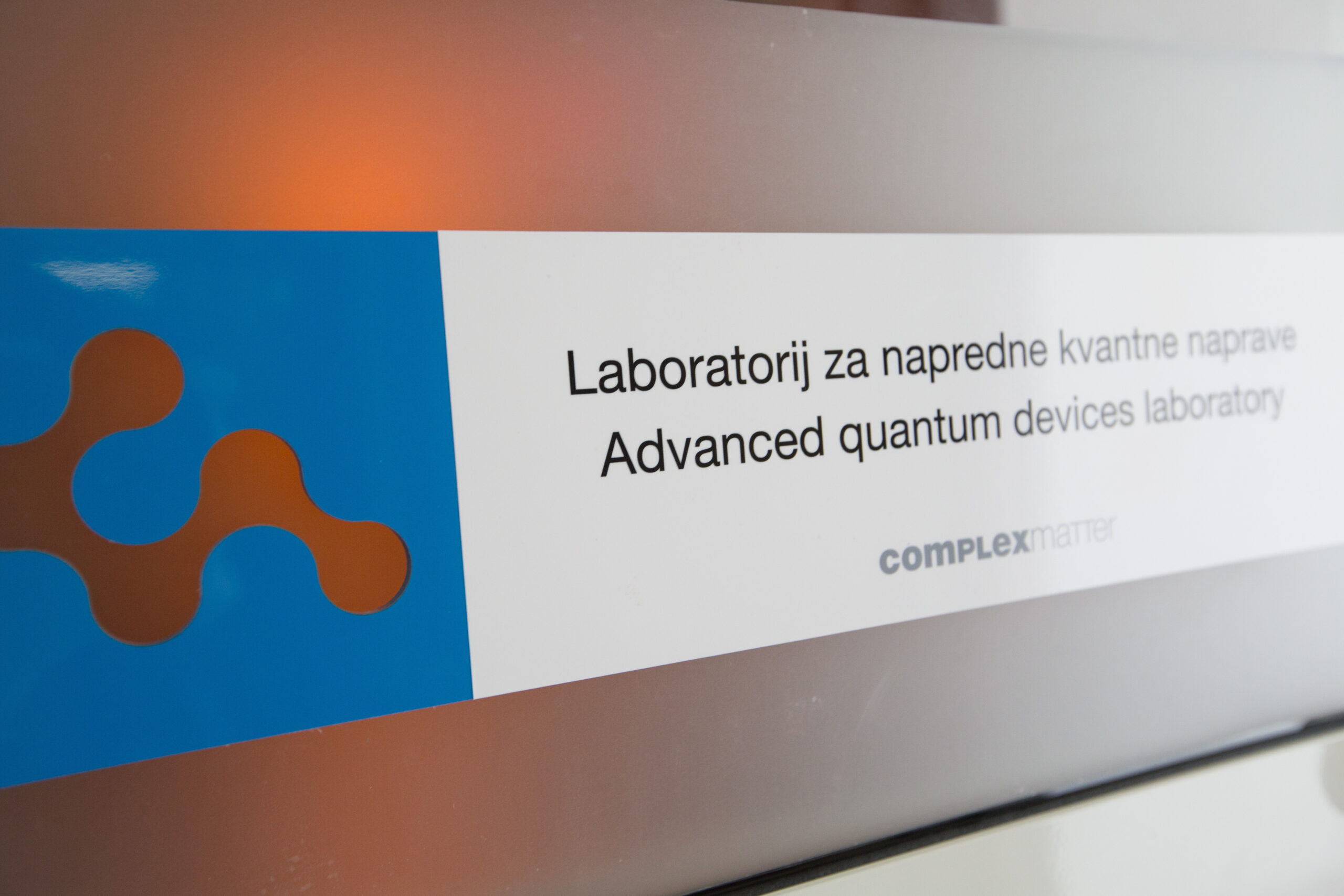The interaction of light with matter is in the forefront of basic research and technologies based on optical processes are indispensable in many branches of modern industry. The latter at present involve predominantly solid-state materials. However, from the perspective of further advancements, soft materials offer a vast horizon of novel possibilities and challenges. In the framework of the proposed project we plan to explore this horizon to gain new fundamental knowledge on light-matter interactions in four different classes of soft matter systems: novel liquid crystalline systems, magnetic soft matter, dynamics of complex fluids, and biomedical optics. In parallel with this, we will also strive to invent and design new technological solutions. The main linking element in our research activities will be investigations of material properties by various optical methods. In the field of liquid crystals, we were recently strongly involved in the discoveries of new polar nematic phases, in particular ferromagnetic and ferroelectric nematic phase, which will also remain an important research subject in the following years. Besides this, we will continue with the development of novel liquid crystalline elastomer and chromonic liquid crystalline systems. We will explore magnetic soft materials consisting of soft matrices functionalised with magnetic fillers. Such materials are very attractive for high-impact technological advances spanning from sensing technologies to biomedical applications and microfluidic actuators. We will investigate three different systems: ferromagnetic nematic liquid crystals, colloidal suspensions of ferromagnetic nanoplatelets, and magnetoactive elastomers. We will study aggregation phenomena and behaviour of colloidal fluids under the influence of external fields. We plan to make a step forward towards more realistic systems that involve colloidal particles of complex shapes and liquid flow in complex geometries. We will combine microfluidic experiments with optical tweezers, via which we will locally control the samples on a micrometre scale. We will also study interface-mediated aggregation of proteins in solutions. With further developing of the cross-differential dynamic microscopy (CDDM) technique, we aim to construct a device capable of efficient measuring of particle size and mobility within microfluidic assays. In biomedical optics research we will continue with non-invasive characterization of biological tissues and organs. We will extend our recently developed method for objective analysis of human skin in-vivo in terms of physiologically relevant parameters and scattering properties of its constitutive layers. We will develop a novel tomographic approach capable of imaging selected structures in biological tissues without ionizing radiation. We will also further develop fluorescent markers for biomedical imaging.
More details on SICRIS

The research project is (co)financed by the Slovenian Research and Innovation Agency.
